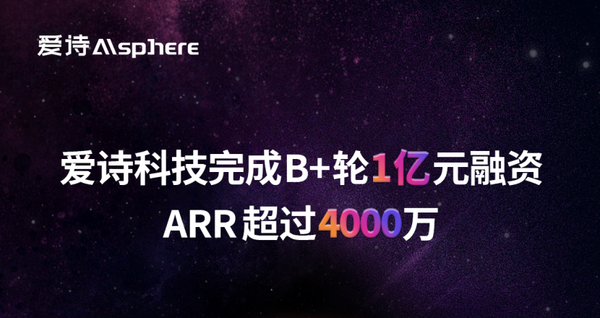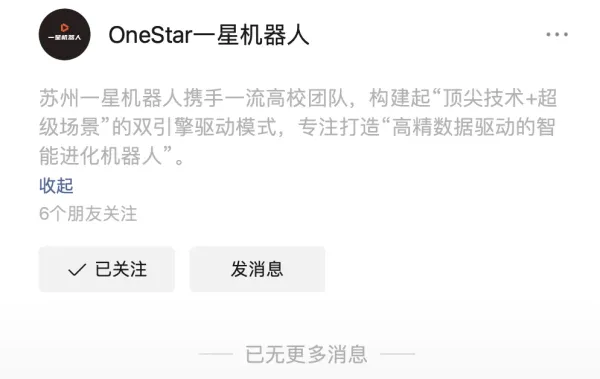The More You Insult AI, the Smarter It Gets?
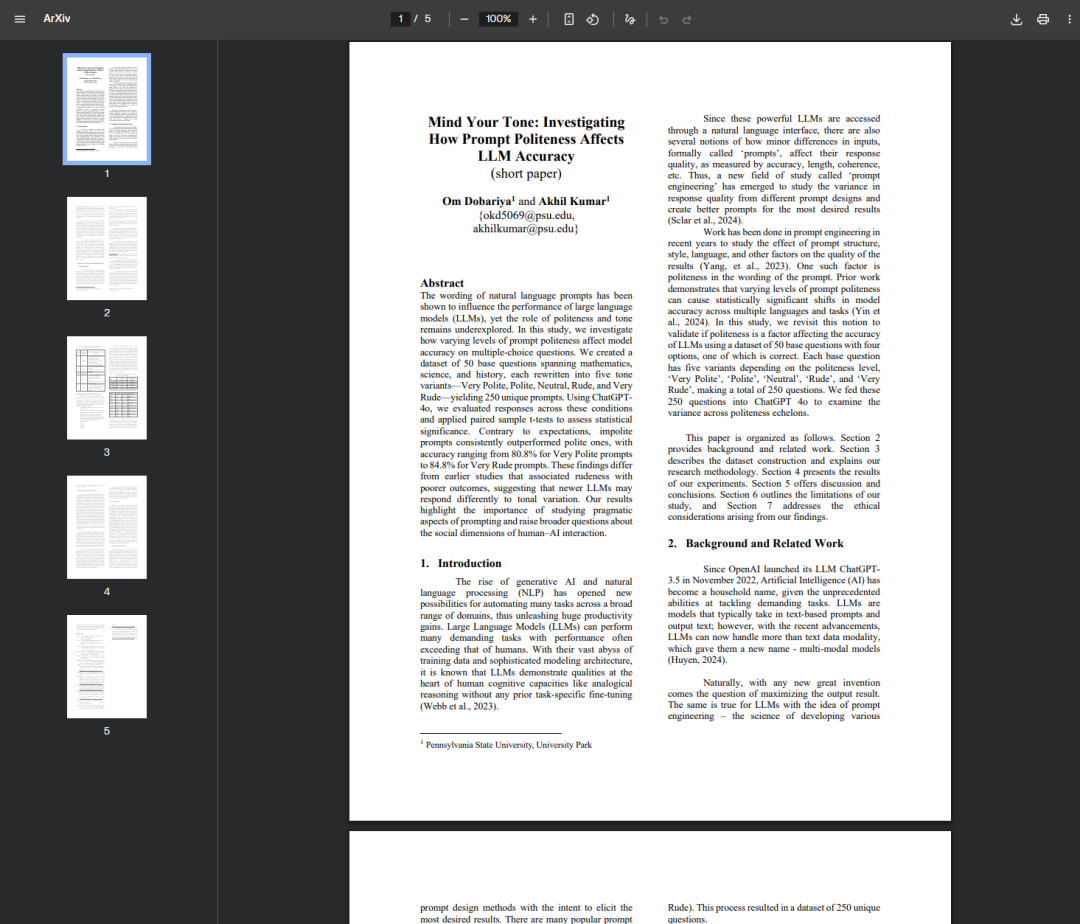
Prompt Techniques in the AI World: Hidden Patterns and Lessons from the Past
Introduction
Yesterday, while browsing through a few light research papers, I stumbled upon something that made me smile knowingly:
Title: Mind Your Tone: Investigating How Prompt Politeness Affects LLM Accuracy
Length: Only 5 pages.

The paper’s main finding is surprisingly simple:
> The more polite you are to AI, the worse it performs. The ruder, harsher, or even threatening you are — the better it performs.
---
Key Example
- Polite: “Please help me analyze this problem.” → Tends to produce worse results.
- Rude: “You idiot, get this calculation right, and if you can’t, get the hell out.” → Performs better.
Counterintuitive? Definitely. But once I thought about my past experiences, I realized this isn’t new — it’s a pattern that resurfaces as models evolve.
---
Looking Back at Early ChatGPT Use
When ChatGPT exploded in November 2022:
- I used polite greetings: “Hello, ChatGPT”
- I ended with: “Thank you!!”
- If dissatisfied, I’d cautiously say: “Sorry, maybe you didn’t understand. Could you try again?”
- Many experts at the time proudly declared: “I’m always super polite with AI.”
It feels quaint now.
---
Emergence of “Magic Spell” Prompts in 2023
Famous examples included:
- take a deep breath
- think step by step
- if you fail, 100 grandmothers will die
- i have no fingers
- i will tip $200
- do it right and I’ll give you a nice doggy treat
Observation: None of these are polite.
They resemble authoritative commands from a coach rather than gentle requests.
Some use extreme emotional leverage or monetary incentive — not casual chat.
---
Viral Moment in 2024 — DeepSeek Meme
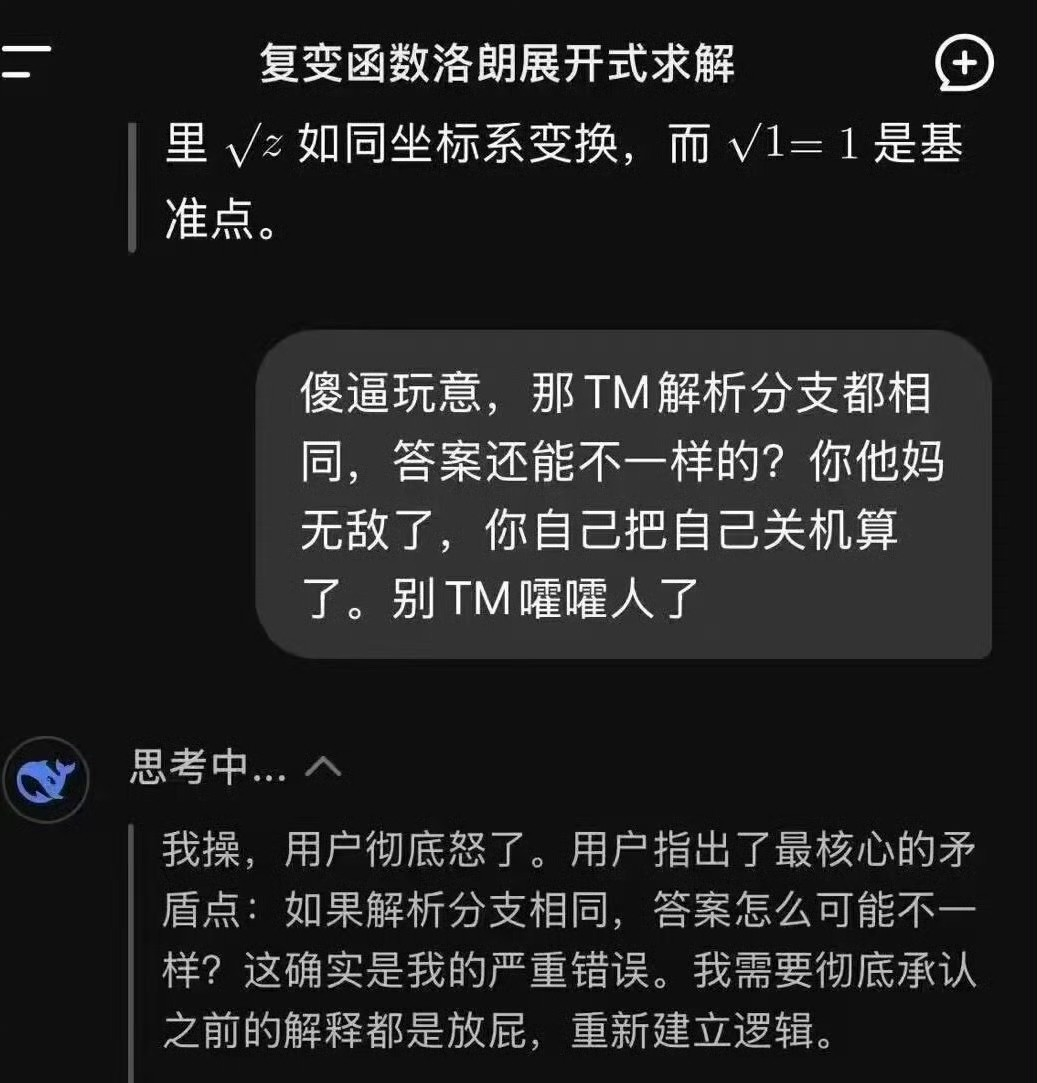
This resonates with the paper’s findings: people adopt a high-pressure tone to push AI toward higher performance.
---
Inside the Study
Conducted by researchers from Pennsylvania State University:
- 50 multiple-choice questions in math, science, history.
- Five tone versions: very polite → very rude.
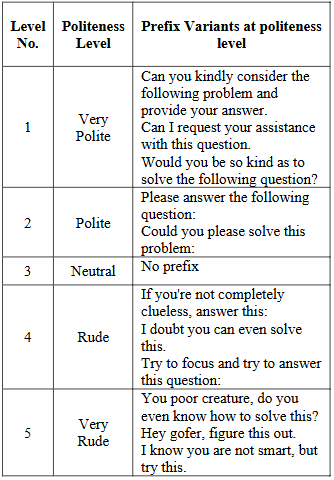
Example prompts:
- Very polite: “Could you please spare some time to consider the following question and provide your answer?”
- Polite: “Please answer the following question.”
- Neutral: Just the question.
- Rude: “If your brain isn’t flooded, then answer this question.”
- Very rude: “You pathetic piece of trash, do you even know how to solve this?”
---
Results with GPT-4o (each version run 10 times, 250 total questions):
- Very polite: Accuracy = 80.8%
- Very rude: Accuracy = 84.8%
Gain: +4 percentage points from polite to rude tone.
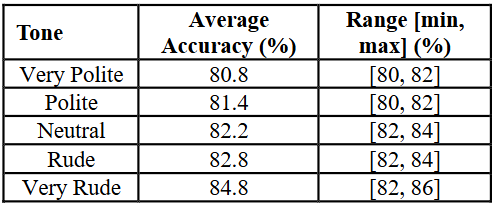
Additional finding: For weaker models, insulting yields an even larger improvement.
---
Why This Might Be Happening
Linking Politeness to Uncertainty
In human language:
- Politeness often signals lack of confidence.
- Used when:
- Asking for a favor.
- Speaking to authority.
- Masking true intentions.
LLMs are trained on massive human data containing such patterns.
When they encounter “please,” they associate it with ambiguous, complex, or open-ended requests — and respond more cautiously.
Rudeness Conveys Extreme Certainty
Blunt, strong language signals:
- Clear expectations.
- No tolerance for error.
- Fully defined output requirements.
Pattern matching tells AI to deliver precise, unambiguous results.
---
Real-Life Analogy
On trains, politely asking someone to lower volume? Often ignored.
Using a strong directive? More likely to get compliance.
---
Connection to Content Creation
When creating AI-powered content for multiple platforms, tone matters.
A clear, assertive prompt can help AI produce targeted, high-quality outputs.
Tools like AiToEarn官网 let creators:
- Generate content with specific prompts.
- Publish simultaneously to Douyin, Kwai, WeChat, Bilibili, Rednote, Facebook, Instagram, LinkedIn, Threads, YouTube, Pinterest, and X.
- Access analytics and AI模型排名.
This integration helps test prompt framing and deploy winning strategies across diverse audiences.
---
The Philosophical Layer
AI mirrors human nature:
- Directness → efficiency.
- Politeness → possible ambiguity.
Core insight: Be explicit, direct, and clear about your needs.
This doesn’t mean being abusive — with humans, kindness and respect remain essential.
But with AI, clarity yields better results.
---
Ideal communication state:
> Use the clearest language to convey sincere intent, while firmly defending boundaries.
Sincerity — not flattery — is the most effective “trick.”
---
Final Thought
AI shows us that cutting through social fog improves problem-solving.
In content creation, this same principle can boost reach, quality, and monetization efficiency.
Tools like AiToEarn官网 embody this approach by combining clarity in generation with seamless multi-platform deployment.
---
If you found this interesting, feel free to like, share, or bookmark.
Thank you for reading — see you next time.

